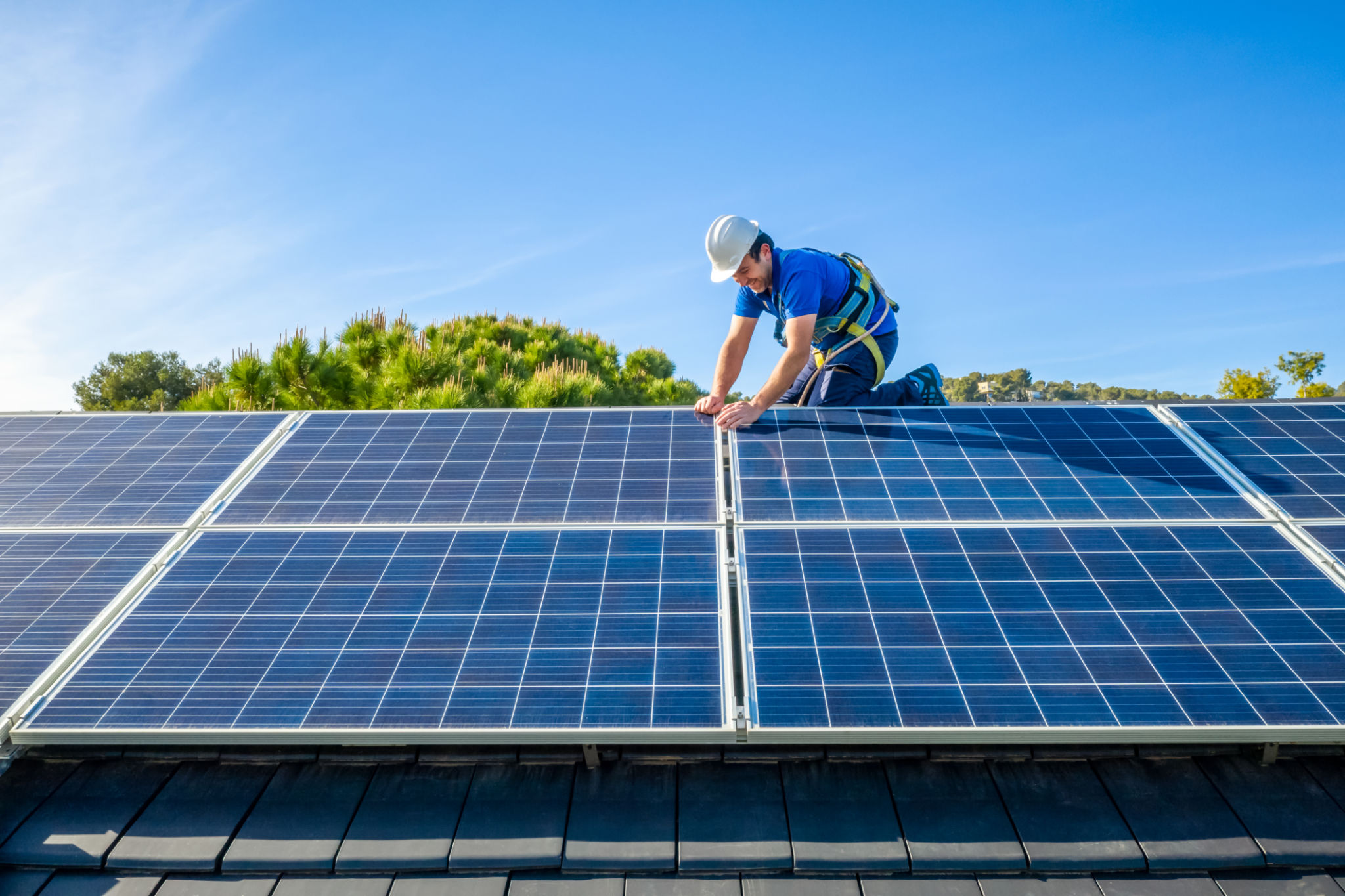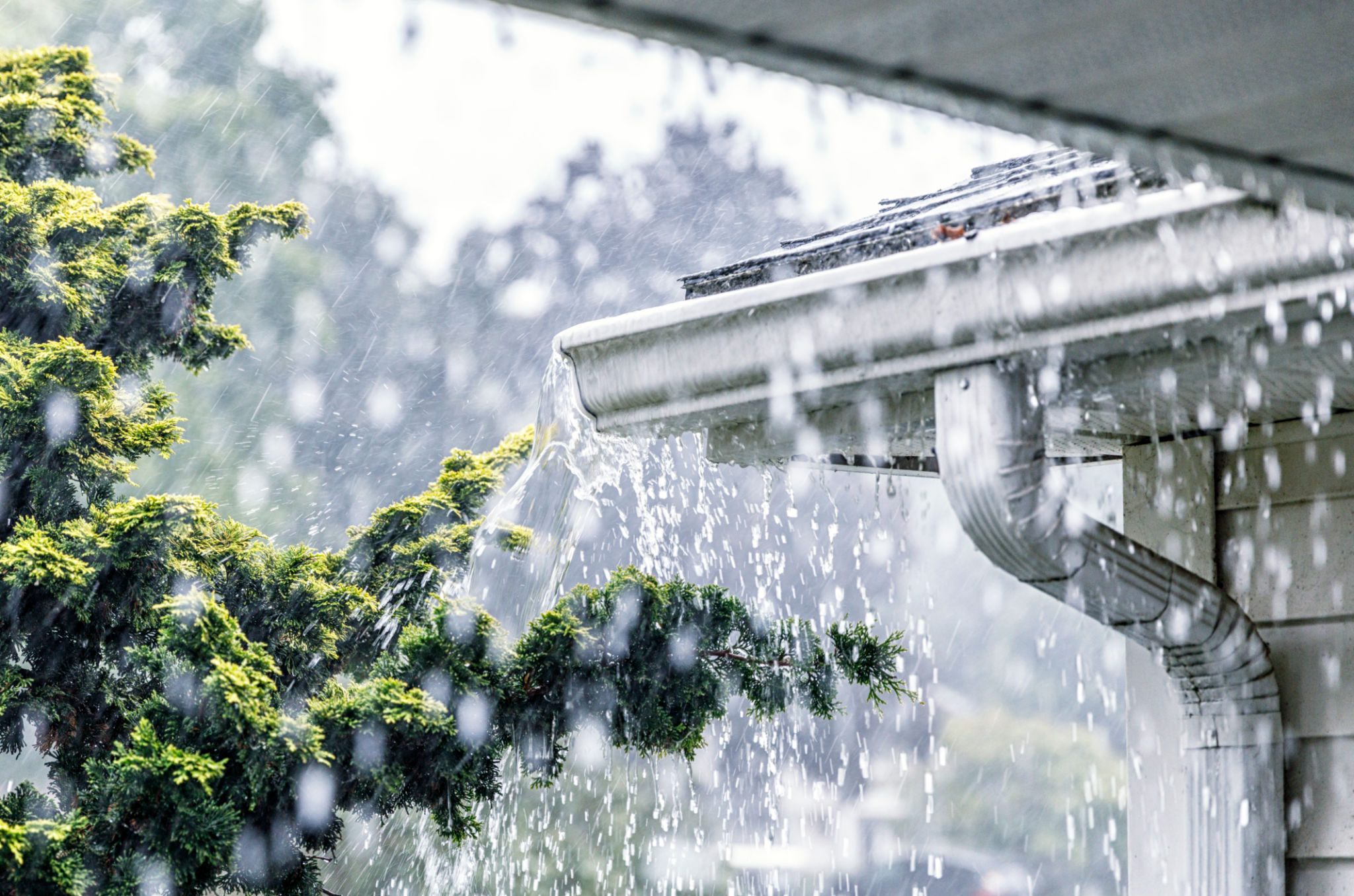Eco-Friendly Homes in Kuala Lumpur: What to Look For
Sustainable Building Materials
When searching for an eco-friendly home in Kuala Lumpur, one of the first aspects to consider is the use of sustainable building materials. These materials not only reduce the environmental impact during construction but also enhance the home's energy efficiency. Look for homes built with recycled or reclaimed wood, bamboo, or other rapidly renewable resources.
Builders often incorporate locally sourced materials, which helps reduce the carbon footprint associated with transportation. Additionally, materials like insulated concrete forms and low-VOC paints contribute to a healthier indoor environment.

Energy Efficiency
Energy efficiency is a critical component of an eco-friendly home. Homes that are designed to minimize energy consumption not only reduce utility bills but also decrease the overall environmental impact. Look for features such as high-quality insulation, energy-efficient windows, and advanced HVAC systems.
Solar panels are becoming increasingly popular in Kuala Lumpur as they harness the abundant sunlight to generate electricity. Homes equipped with solar panels can significantly reduce reliance on non-renewable energy sources.

Water Conservation Features
In Kuala Lumpur, water conservation is a vital consideration for eco-friendly homes. Features such as rainwater harvesting systems and low-flow plumbing fixtures can greatly reduce water usage. These systems collect and store rainwater for use in irrigation, flushing toilets, and other non-potable applications.
Incorporating native landscaping is another effective way to conserve water. Native plants require less watering and maintenance, promoting a more sustainable living environment.

Indoor Air Quality
The quality of indoor air is crucial for a healthy living space. Eco-friendly homes often include ventilation systems that ensure a constant supply of fresh air while removing pollutants and allergens. This is especially important in urban areas like Kuala Lumpur where outdoor air quality can sometimes be compromised.
Homes featuring green roofs or indoor plants can also improve air quality by absorbing carbon dioxide and releasing oxygen.
Certification and Standards
When evaluating eco-friendly homes, consider whether the property has been certified by recognized standards such as LEED (Leadership in Energy and Environmental Design) or the Green Building Index (GBI). These certifications provide assurance that the home meets specific sustainability criteria and can be a valuable benchmark when making purchasing decisions.
Certified homes not only benefit the environment but also tend to have higher resale values, making them a sound investment for the future.

Community and Connectivity
The location of an eco-friendly home is just as important as its construction materials and features. Consider homes situated within communities that prioritize sustainability, offering amenities such as shared green spaces, community gardens, and easy access to public transportation.
Living in a walkable neighborhood with proximity to essential services reduces dependence on cars, further lowering your carbon footprint. Additionally, engaging with a community committed to sustainable living can provide a supportive environment for adopting more eco-friendly practices.